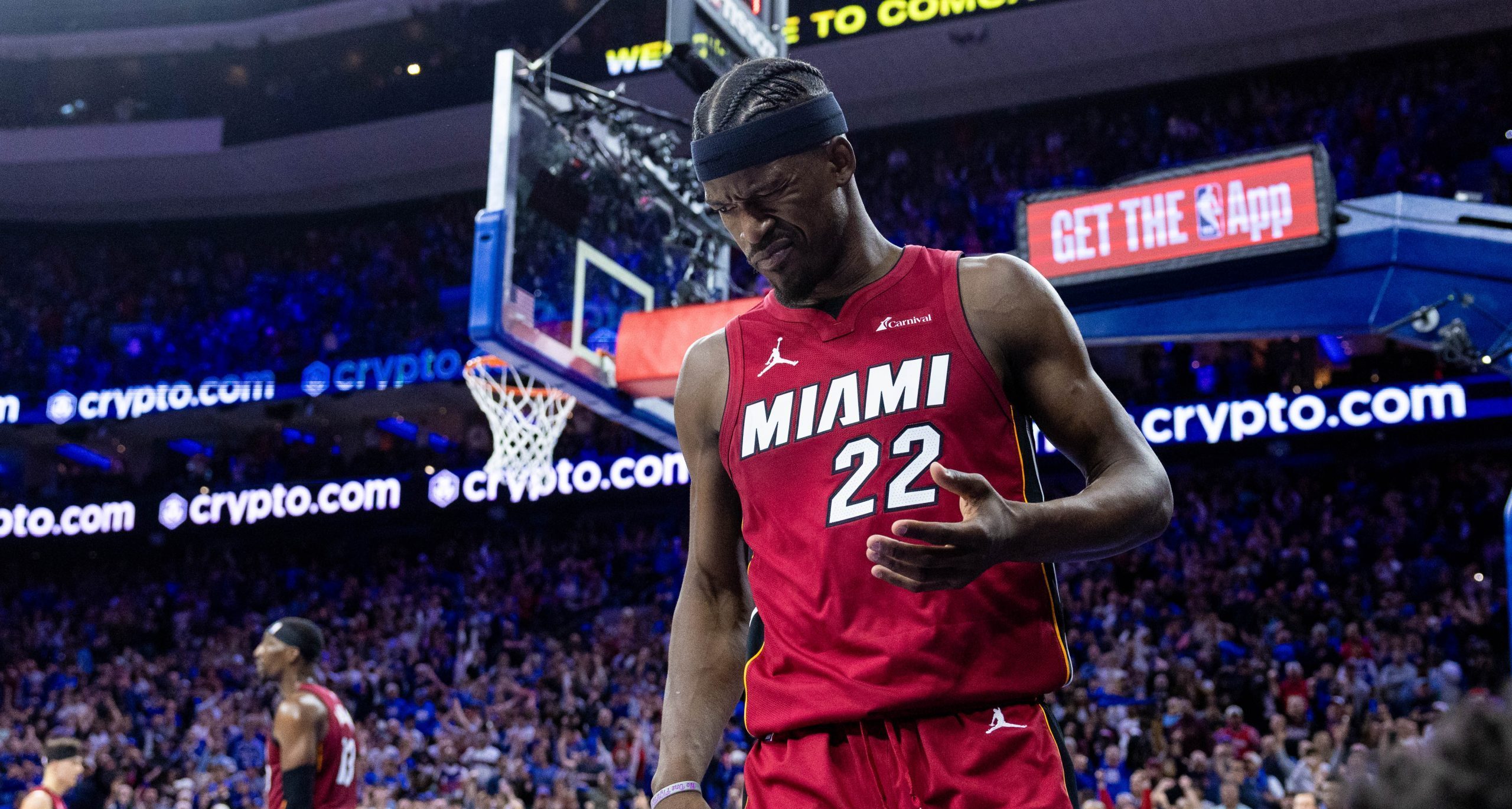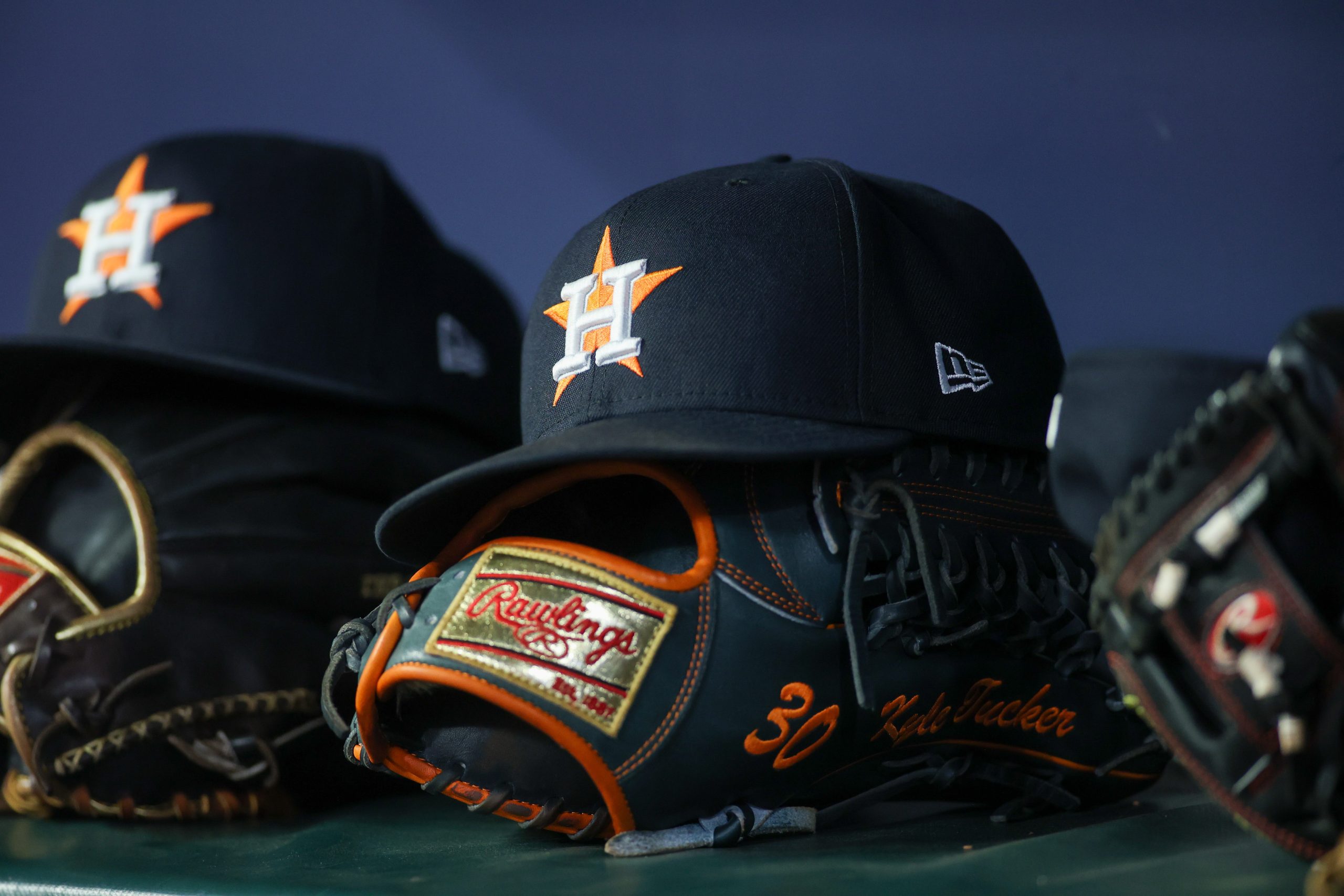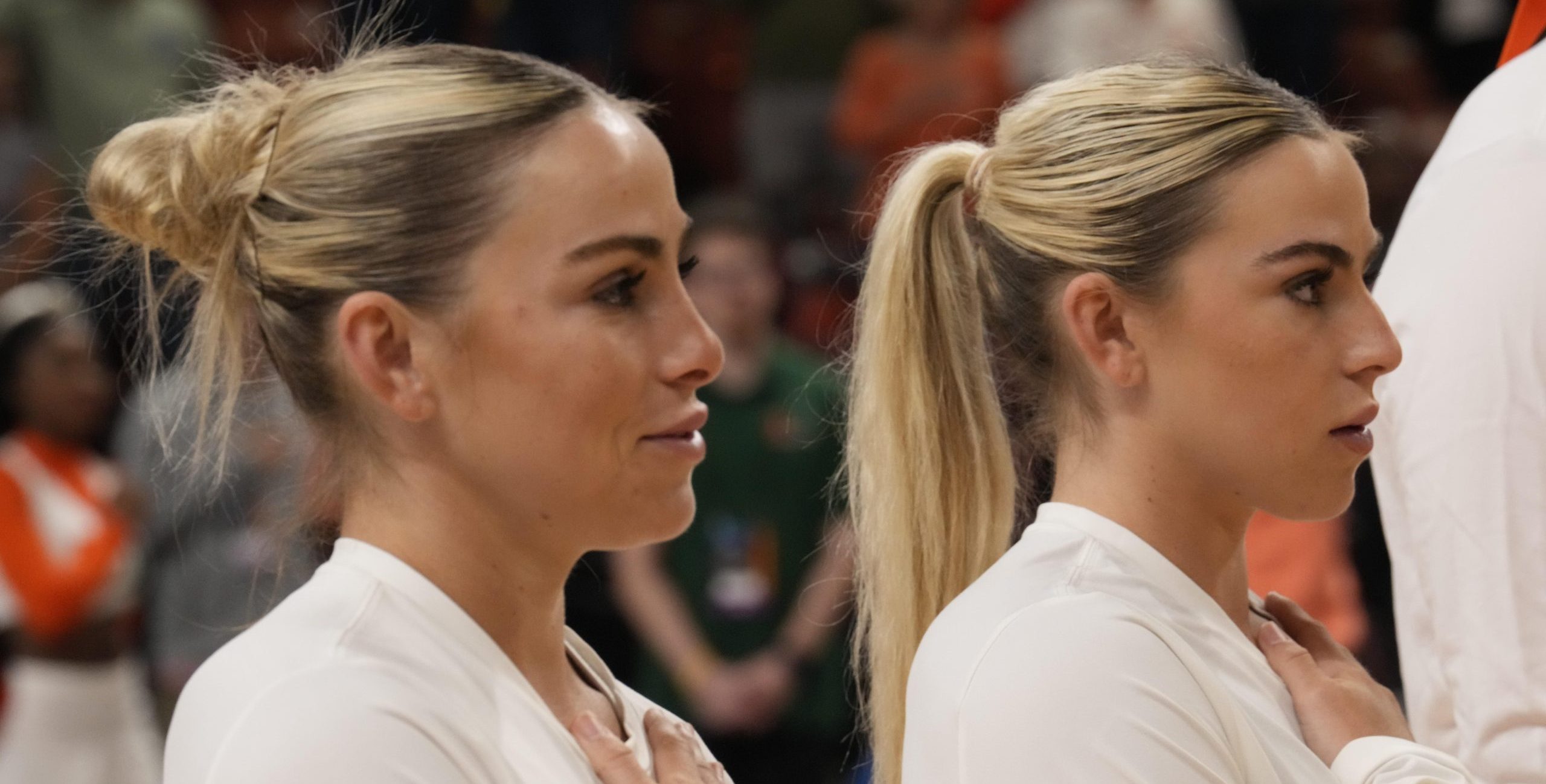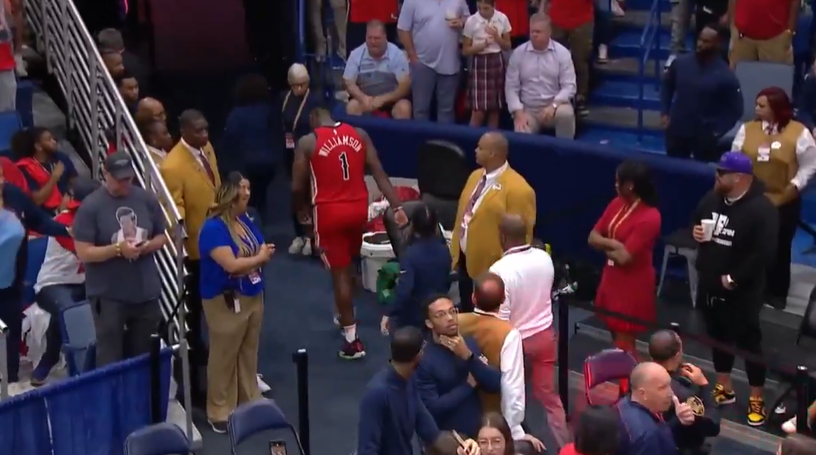Ball and strike calls from home plate umpires get plenty of scrutiny during the MLB regular season. But the spotlight will be even more intense in about a week when the postseason begins, and we’ll surely see plenty of calls on Twitter for #RobotUmps.
On the latest edition of HBO’s Real Sports (premiering Tuesday, Sept. 27 at 10 p.m. ET), correspondent Jon Frankel looks at the growing concern that umpires miss far too many ball and strike calls, which has an adverse effect on the outcome of many games. What makes the concern more pronounced is that the technology is now readily available — especially to viewers and fans — to make sure those calls are correct.
That criticism is represented by MLB Network’s Eric Byrnes, who says that he spent each day as a player in a guessing game, with no idea how the strike zone would be called by the home plate umpire.
“The sad thing is,” Byrnes told Frankel, “you have no clue what potentially could be called a ball or strike at any point.”
Byrnes’s frustration with the MLB strike zone and blown calls has only increased now that he watches several games a night in the MLB Network studios. He points out that the problem is even more baffling when the average viewer has a better view of the strike zone and where a pitch should be called, thanks to PITCHf/x and apps like MLB Gameday, than the umpire actually in charge of making the call behind home plate.
Frankel took Byrnes’s assertion one step further and brought an academic into the discussion, consulting Yale mathematician Toby Moskowitz to analyze millions of pitches from MLB games over nearly four years. His conclusion drawn from that data is that umpires get a surprisingly high percentage of calls on the edge of the strike zone (two to three inches, to be exact) wrong, resulting in tens of thousands of missed calls during the course of a season. Additionally, there is a notable difference in calls favoring home players versus visiting players.
As you might expect, actual major league umpires dismiss the idea that cameras, computers and software can do their job better, and that viewpoint is represented by former ump Jerry Crawford.
“I don’t care what the guy from Yale’s looked at, to be honest with you,” Crawford told Frankel. “It’s not even feasible. He’s absolutely incorrect.” Crawford went on to claim that there are games during which umpires don’t miss any calls. What might be more troubling is what Crawford says many umpires do with the PITCHf/x information they receive after the game.
But what if PITCHf/x and analysts from Sportvision, the company that created the system, did make ball and strike calls during a game? Would the game go much differently? Would umpiring suffer from having a significant human element taken away, while an operator in a booth tells the home plate ump where a pitch was through an earpiece? How was pace of play affected, something in which MLB commissioner Rob Manfred might be especially interested? Byrnes tried it during a minor league game and the HBO cameras were there to report what happened.
HBO’s Real Sports premieres Tuesday at 10 p.m. ET, and can also be seen on HBOGO, HBO NOW and On Demand.






